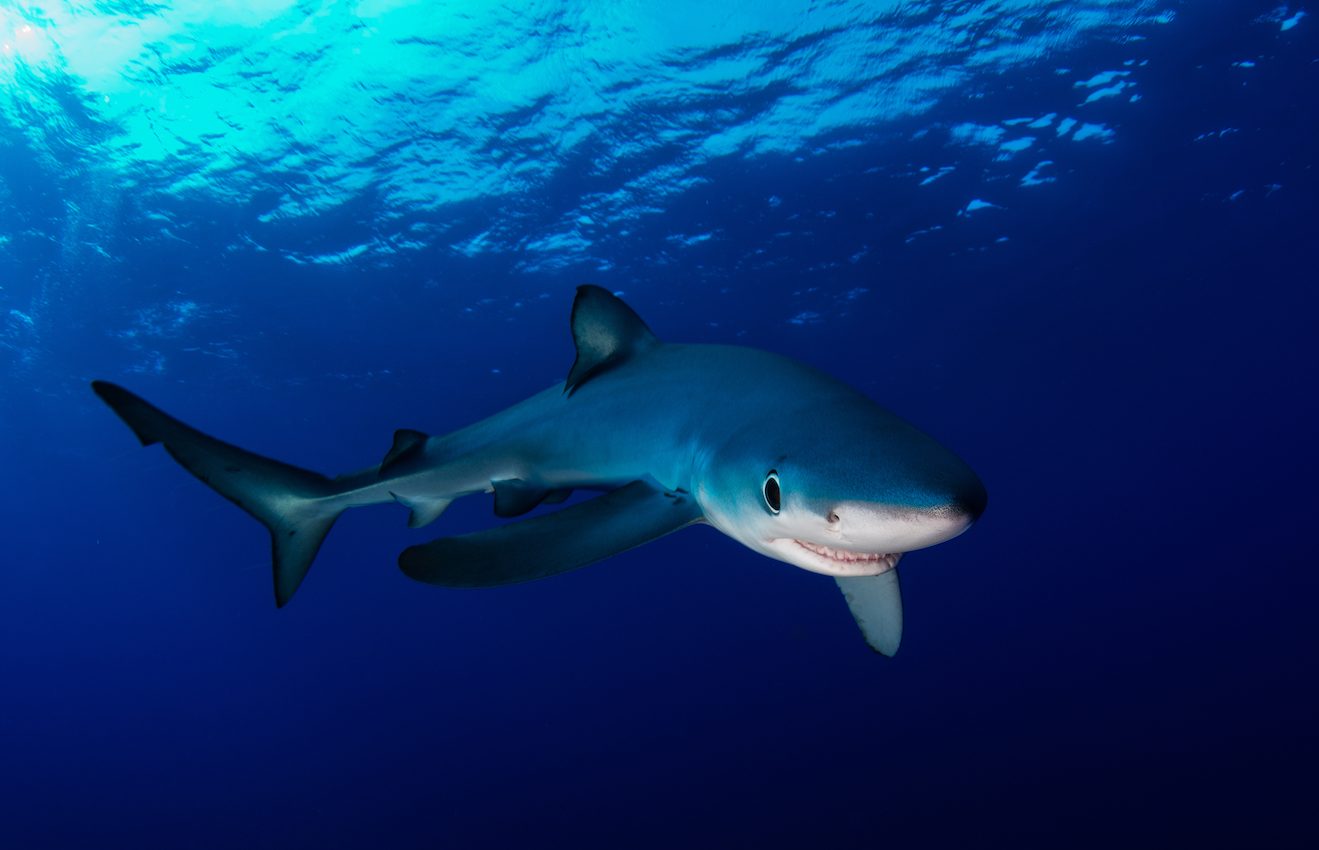
Sharks are smaller and less abundant near large human populations
Researchers at the Zoological Society of London (ZSL) have discovered that sharks are much less likely to be found in coastal habitats close to human populations and fishing fleets, where they are frequently killed for their meat and fins. In addition, the team found that the average body size of sharks and other marine predators is dramatically reduced near coastal areas with more than 10,000 people.
The study revealed that sharks needed a distance of at least 775 miles from cities and fish markets to escape the damaging effects of human activities. This is a much larger distance than previous estimates, which can likely be explained by the fact that fishing boats are now traveling farther. For this reason, the researchers only observed sharks in 12 percent of the monitoring sites.
The experts noted that sea surface temperatures also had a strong influence on the average body size of marine predators, with a marked decrease at more than 82 degrees Fahrenheit, which may become an issue as global temperatures continue to rise.
“Human activity is now the biggest influence on sharks’ distribution, overtaking every other ecological factor,” said study lead author Dr. Tom Letessier. “Just 13% of the world’s oceans can be considered ‘wilderness’ but sharks and other predators are much more common and significantly larger at distances greater than 1,250 kilometres from people. This suggests that large marine predators are generally unable to thrive near people and is another clear example of the impact of human overexploitation on our seas.”
For the investigation, the researchers analyzed video footage recorded at more than 1,000 sites across the Indian and Pacific Oceans. The sites varied in proximity to fish markets and human populations, with some closer to cities and others more than 900 miles away. Overall, 841 individual sharks from 19 different species were captured on film.
“Our study also found that shallower water habitats, of depths less than 500 meters, were vital for marine predator diversity. We therefore need to identify sites that are both shallow and remote and prioritize them for conservation,” said Dr. Letessier.
“However, there are still numerous shallow hotspots in the vicinity of human markets that are not appropriately protected, and this must change. Existing large, no-take MPAs need to be better enforced and extended to focus on the last refuges where these extraordinary animals remain abundant.”
“Large marine predators – and sharks in particular – play a unique and irreplaceable role in the ocean ecosystem. They control populations of prey species, keep those populations healthy by removing sick or injured animals, and transport nutrients between loosely connected habitats over vast distances.”
The study is published in the journal PLOS Biology.
—
By Chrissy Sexton, Earth.com Staff Writer
Image Credit: Shutterstock/Joost van Uffelen













